The Leica Standard, or Model E as it’s also known, was brought to market by Leitz in 1932, and with minor tweaks to its design, its production continued into the late 1940s. As such, it ran contemporary to other lots of models that had coupled rangefinders and other more advanced features, so by comparison, it was very much the stripped-back basic model. It is simply a box with a shutter, a viewfinder, an accessory shoe and a standardised Leica thread mount that takes 135 35mm film cartridges. And that is exactly why I like it so much!
I have two thread mount Leica cameras in my collection – a very early production Standard and the IIIa. The IIIa was my first, the Standard came a few years later. I like the IIIa a lot – it’s a little gem of a camera – but in some ways it could be described as inferior to other Leica cameras. Some might argue the case for the closer rangefinder-to-viewfinder that the IIIb brought to the table for example, and of course, the later M-series Leica cameras are often thought of as being broadly “better” cameras than all of the thread mount cameras that came before. I’m not saying that’s what I believe, but the point is, it is possible to question the IIIa relative to other cameras from the brand.
Now, I hope that at least my regular readers will know that this isn’t the mentality I apply to cameras. Upgrades and more features are not what I aspire to with my cameras. I like a balance of features that work well for me without having anything superfluous to get in the way. Actually, to a point, this is why I like the IIIa – to me the later thread mount Leica cameras feel slightly cluttered with features I don’t need. The IIIa has the built in rangefinder as well as the slow speed dial and 1/1000th high speed. To me, it’s almost the peak of the basic and best features of the Leica thread mount designs. Despite this, when I was using my IIIa prior to owning my Leica Standard, I found myself not even using some the features it brought to the table.
As such, rather than compare my IIIa to cameras with more features, I began to wonder about how a similar camera with less features might work for me. I began to think that a more stripped-back thread mount Leica might suit me even better.
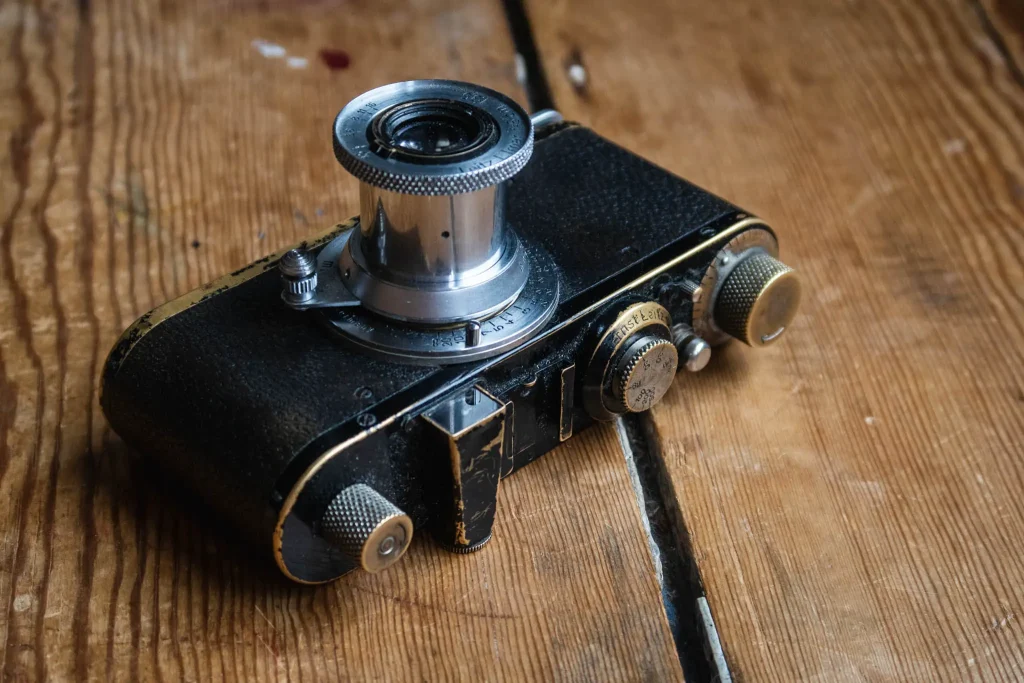
Finding my Leica Standard
Actually, when I started the search for this stripped-back Leica thread mount camera, I didn’t have something as old as my particular Standard in mind. In fact, to begin with – short of having seen pictures of a Leica without a a rangefinder – I didn’t know what the Leica Standard was. When I found out, and discovered it was precisely what I was looking for, I still didn’t intend to buy one that’s quite as old as mine would turn out to be.
Choosing a Leica Standard (in the dark)
I suspect I’m not the only one to find the early Leica product nomenclature confusing. The naming conventions seemed to change a little over the years, so for example a Leica III is also a Leica (model F) and sometimes called a III(F). This is fine until you discover that the Leica IIIf is a different camera that came some years later. Actually, once you get your head around it, it’s quite easy – or at least easy enough – it just takes a bit of reading and digging to get to the bottom of.
What makes things confusing when looking at the Leica Standard is that it’s also known as the Leica (Model E), Leica E, Leica Standard (Model E) or any other way people seem to deem it fit to use those combination of letters and words. Additionally, it was incrementally tweaked between its release in 1932 and when it was replaced by the Leica Ic in the late 40s. So when you search for different combinations of the letters and words in its name, you can find yourself with pictures of cameras that look slightly different.
To make things even more confusing, the camera that came before the Standard, the I (Model C) looks just like the very early Standard but doesn’t have the Standard lens mount. Additionally, the Leica I (Model C) shouldn’t be confused with the Leica Ic which looks quite similar to the very late Leica Standard, but came after it, and didn’t have the built in offset viewfinder.
Confused yet? It doesn’t matter, all you really need to know is that the Leica Standard was made for a number of years and had changes made to its design throughout the production run. What you also need to know – at least for the sake of this post – is that I didn’t really have a grasp of this when I bought my Leica Standard. I just found one I liked the look of on Red Dot cameras for a price that I was willing to pay, and bought it. It was only once I got it and realised how old it was that I decided that I should do some proper digging.
My very old Leica Standard
My Leica Standard has the serial number 101777, this means it part of the first production run of 5000 Leica Standard cameras. In fact, with the serial numbers of this model starting at 101001, mine is a fairly early model from this first run. Since Red Dot cameras know what they’re doing when it comes to valuing cameras, and I didn’t pay a premium for this camera, as far as I can work out, this doesn’t make it any more special or collectible, it just means it’s old. I shall come to what this means in use later…
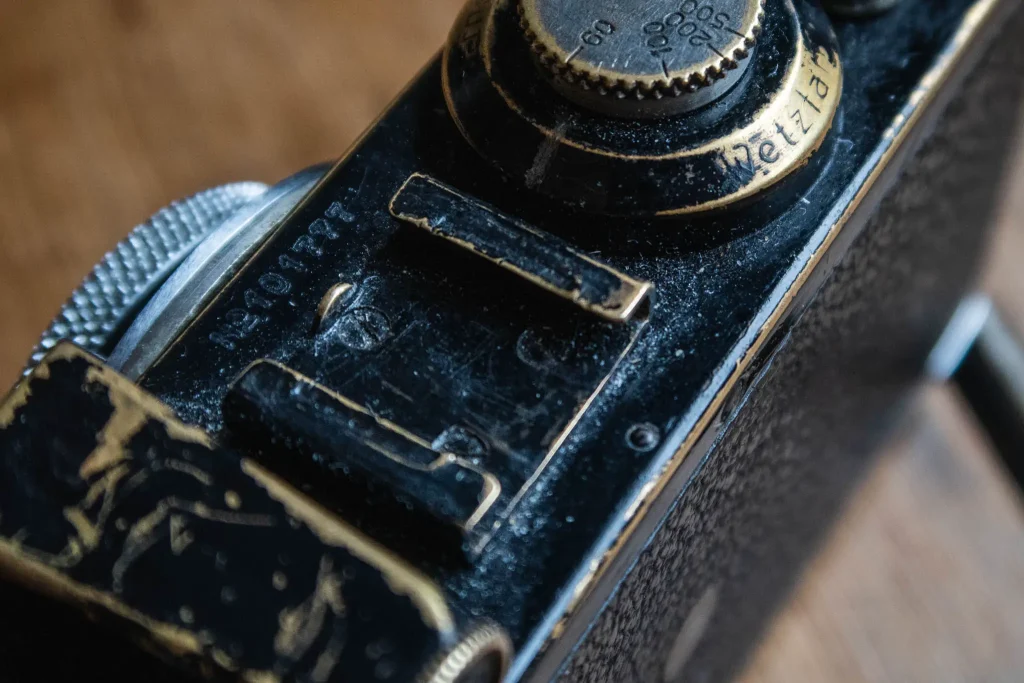
Leica Standard variants and specifications
I’m not going to go into all the details here, mainly because through the nominal amount of digging I did, I probably didn’t accrue the encyclopaedic knowledge required to do every variation of Leica Standard complete justice. Also, as with most of the minutiae of detail when it comes to camera history, I don’t think a lot of it really matters that much in use.
Essentially, all you need to know is that early Leica Standards were black, and for the most part later ones were chrome, with some crossover in the middle. Early Leica Standards were made without strap lugs, the later version that was based on the slightly bigger die cast body of the Leica IIIc (and later cameras) had strap lugs and a blanking plate over where the slow speed dial would have been.
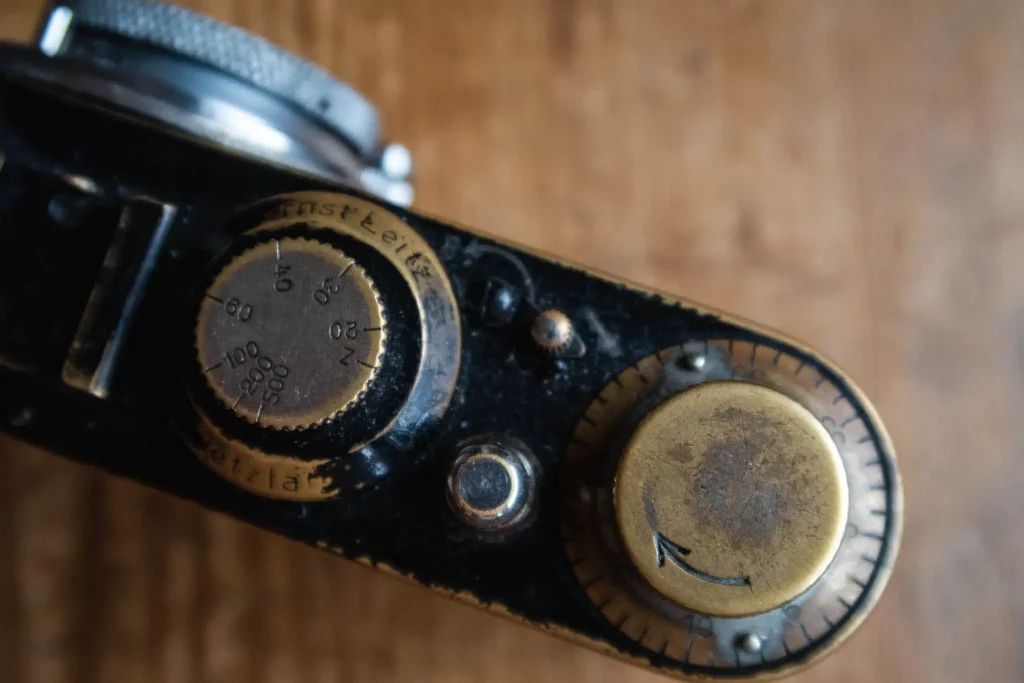
As far as I can tell, all Leica Standards have a top speed of 1/500th and don’t have a slow speed dial. They also all have a frame counter around the film advance, an accessory shoe that’s directly above the lens mount and a slightly offset 50mm viewfinder.
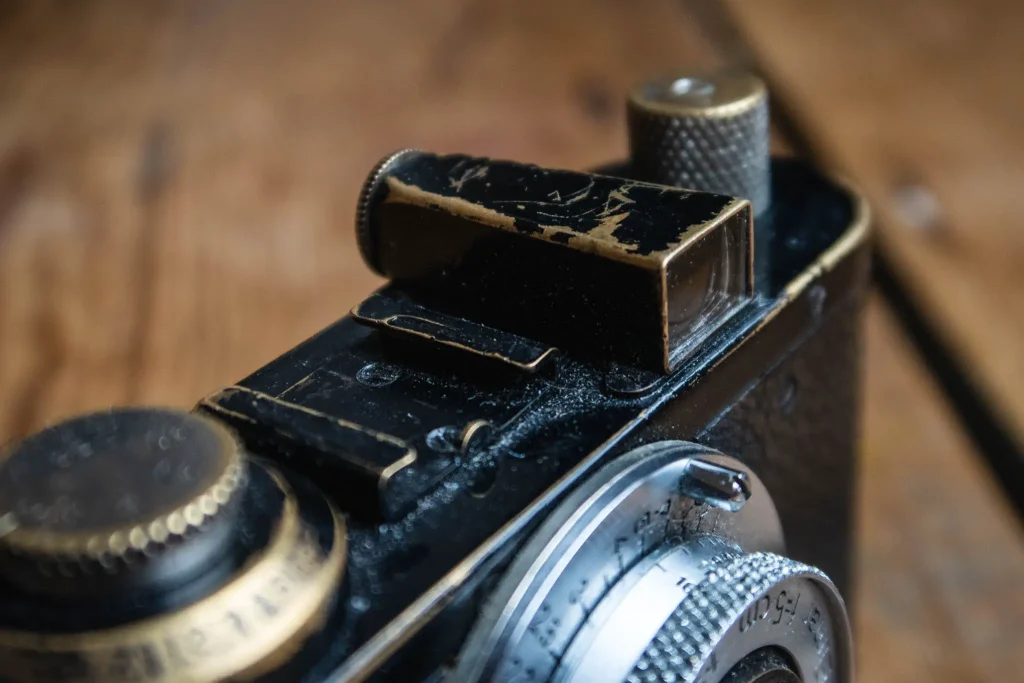
Like all thread mount Leica cameras they’re bottom loading and don’t have a flip open back, which means trimming the leader is fairly essential to ensure the film is loaded properly.
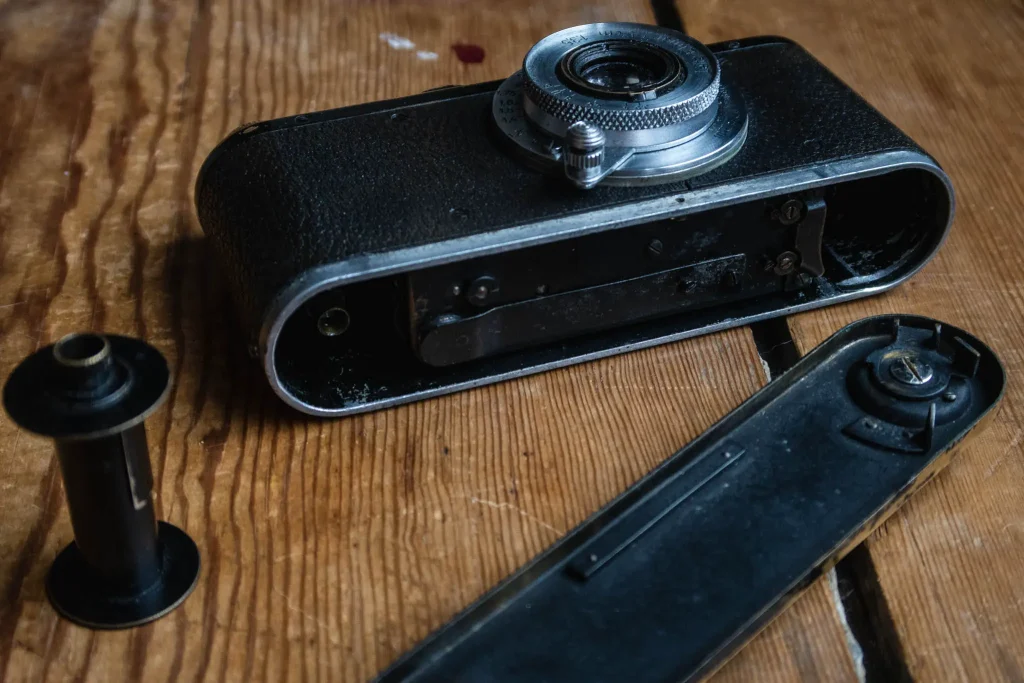
Standard lens mount
Something I did know about the Leica Standard before I bought one is that it also has Leica’s standardised “Leica Thread Mount” also know as “Leica Screw Mount” and abbreviated to “LTM” and “LSM”. Once this mount was properly standardised by Leica it has a flange back distance of 28.8mm. This standard FBD was introduced to allow the interchanging of different lenses. Prior to the Leica II (Model D) and the Leica Standard, Leica cameras either had fixed lenses, or had to have their lenses matched to the body to ensure correct focusing.
As you might know, this standardised “LTM” thread mount remained unchanged by Leica until they switched to the m-mount in the 50’s – in fact, even since the they have sometimes made special edition LTM lenses. There are also stacks of other brands that adopted the mount after WWii when Leica’s designs were made available to be copied as part of German reparations. It was also eventually re-adopted by Cosina Voigtlander in 1999. This means that, short of a few foibles of camera manufacturing history – such as the Russians not quite matching the flange back distance in their copies, and the use of a metric M39 thread which is sometimes incompatible with the Leica imperial thread – there are a hell of a lot of Leica thread mount lenses that will fit on the Leica Standard (and all the other LTM cameras).
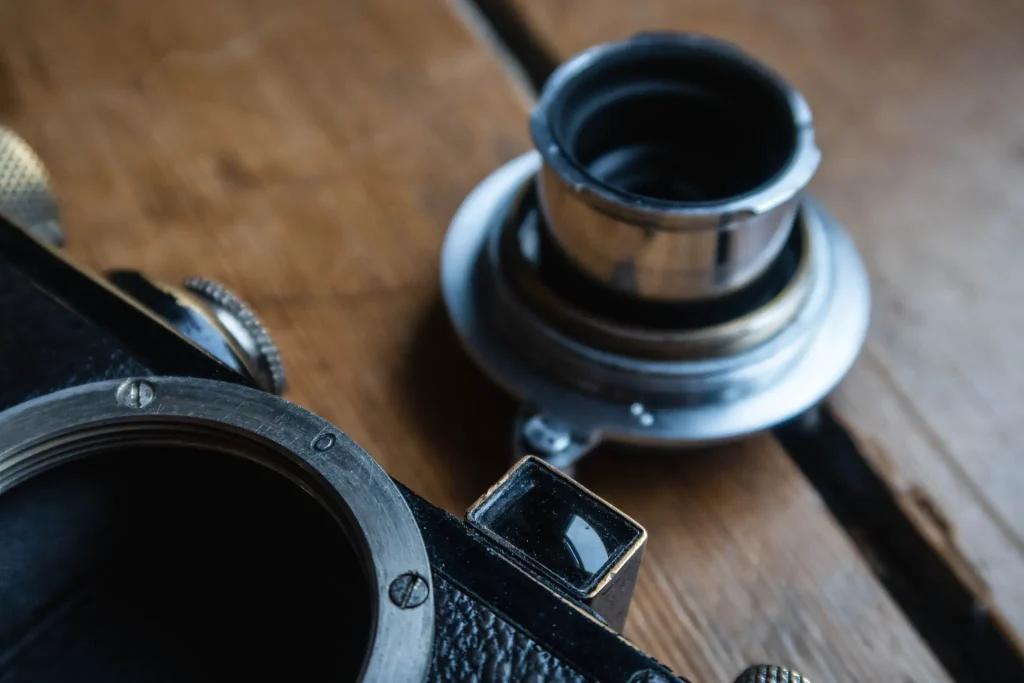
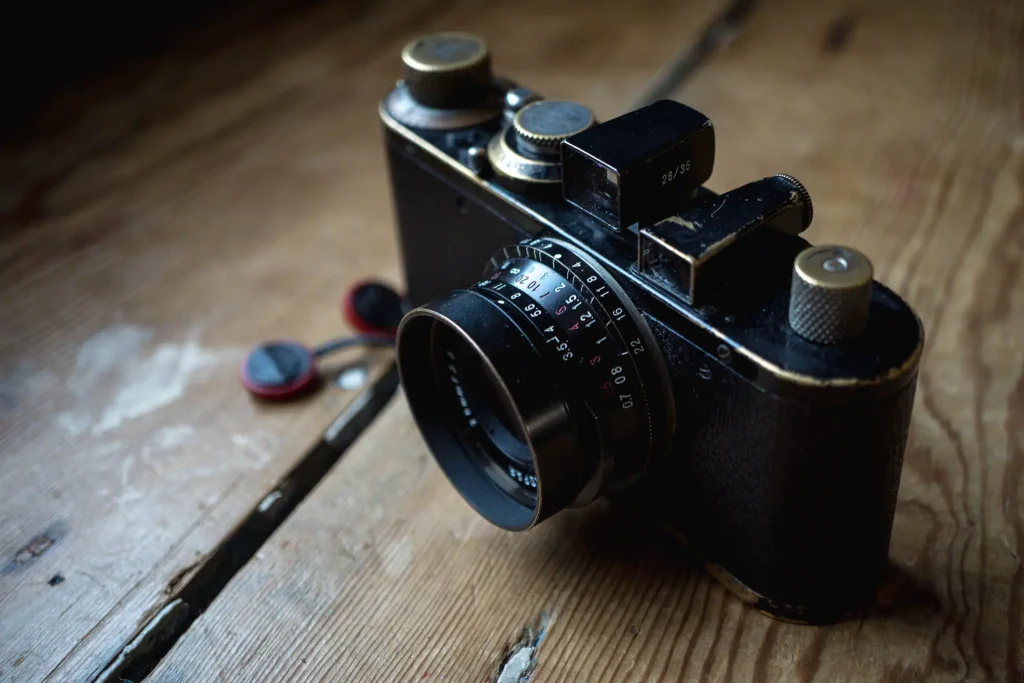
The genius of Kodak
This wasn’t the only standardisation that came about in favour of these early Leica cameras. Whilst Leica were largely responsible for popularising the use of 35mm film in stills cameras, back in the days of the earliest Leica thread mount cameras, the Kodak 135 cartridge didn’t exist. In fact, my Leica Standard predates the 135 format by two years. Prior to the introduction of the 135 format, this camera would have been used with film cartridges that were loaded with film by the user. When Kodak introduced the daylight loading 135 format alongside its Retina camera in 1934 they were smart enough to design the cartridge so it could also be used in the Leica and Contax cameras of the day, and with the 135 format not changing in shape in all the years since, modern 35mm film drops straight in – all be it with a little trim to the leader.
Just for the sake of completeness, some very early Leica Cameras have a slightly larger bit of metal where the film slots in that can make loading the cartridge slightly harder. As I understand it, this can be modified, though I have still managed to load a standard 135 cartridge into one of these older cameras – more on that story another day.
Shooting my early Leica Standard
Perhaps as a product of this age, or for the fact that it was an earlier, possibly less refined build, mechanically it feels quite different to my IIIa – it feels more loose, and less precise. In use, this doesn’t seem to make much difference – there’s just a little bit of give in the dials and knobs that makes it feel mechanically slightly less than perfect. If you’re thinking about buying one of these cameras, and you want a greater sense of mechanical perfection, it might just be wise to look for a slightly later version than mine.
For me, this isn’t a problem, and of course, it has little bearing on the pictures – in fact none that I noticed. The last time I shared some pictures taken with this camera is was pointed out to me that the shutter curtains might not be running quite evenly causing the right hand edge of the frame to be slightly darker. This might be the case, but it’s hardly noticeable, doesn’t seem to happen often, and is nothing a service wouldn’t fix.
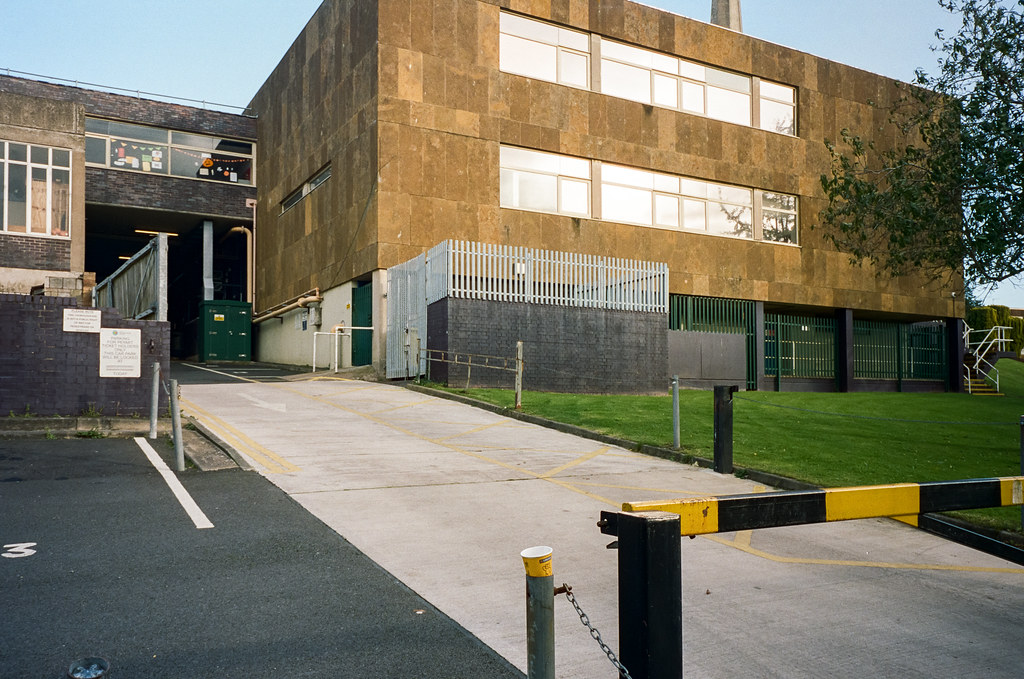
More importantly, as I’ve alluded to, the slightly less than perfect mechanical feel has very little bearing on the process of taking photos. In fact, in use – like all great cameras – I’m not really aware of it at all. It’s one of those cameras that suits me so well, it has that rare ability to completely disappear.
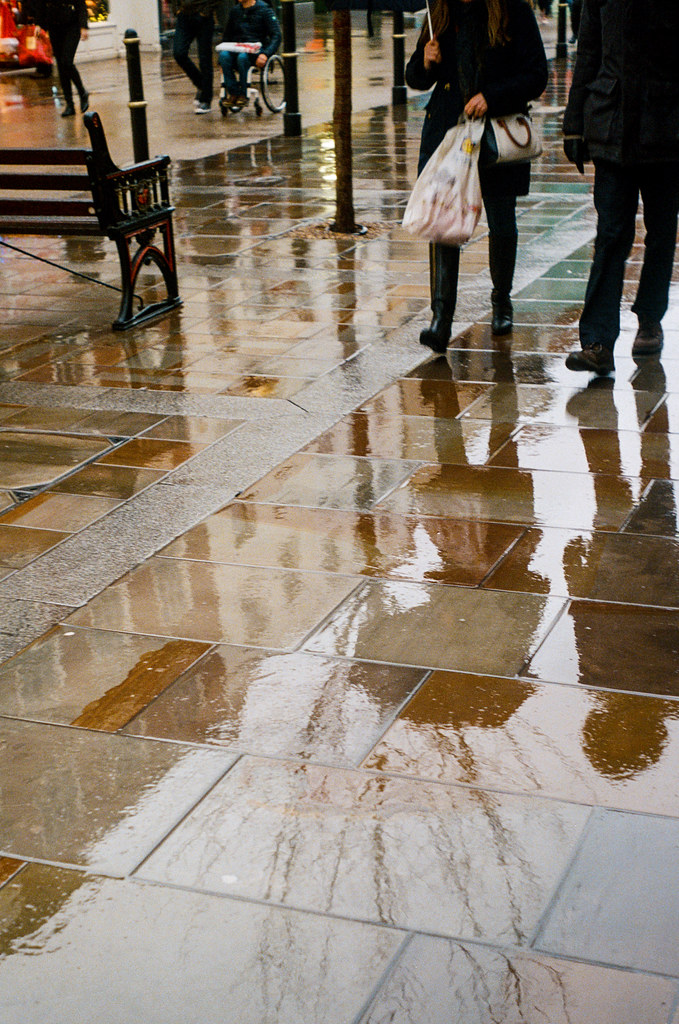
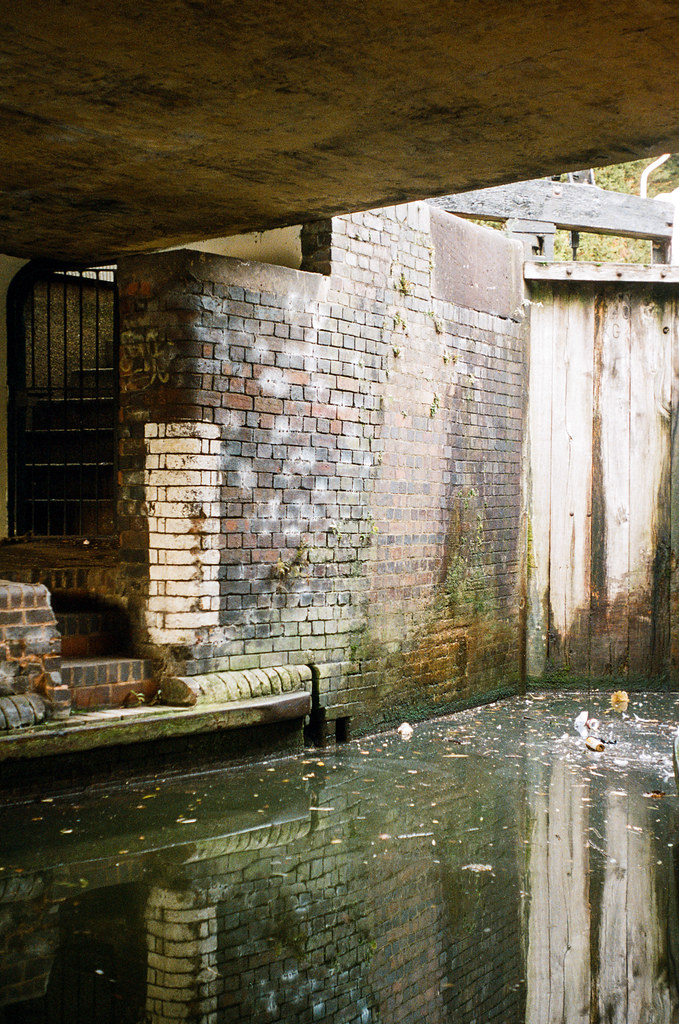
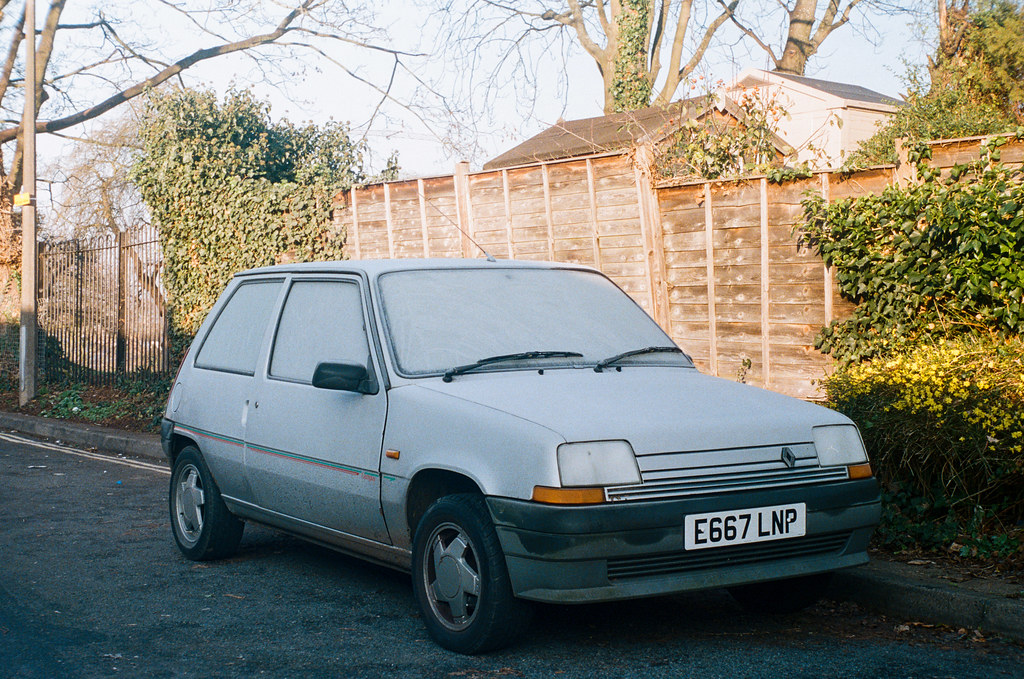
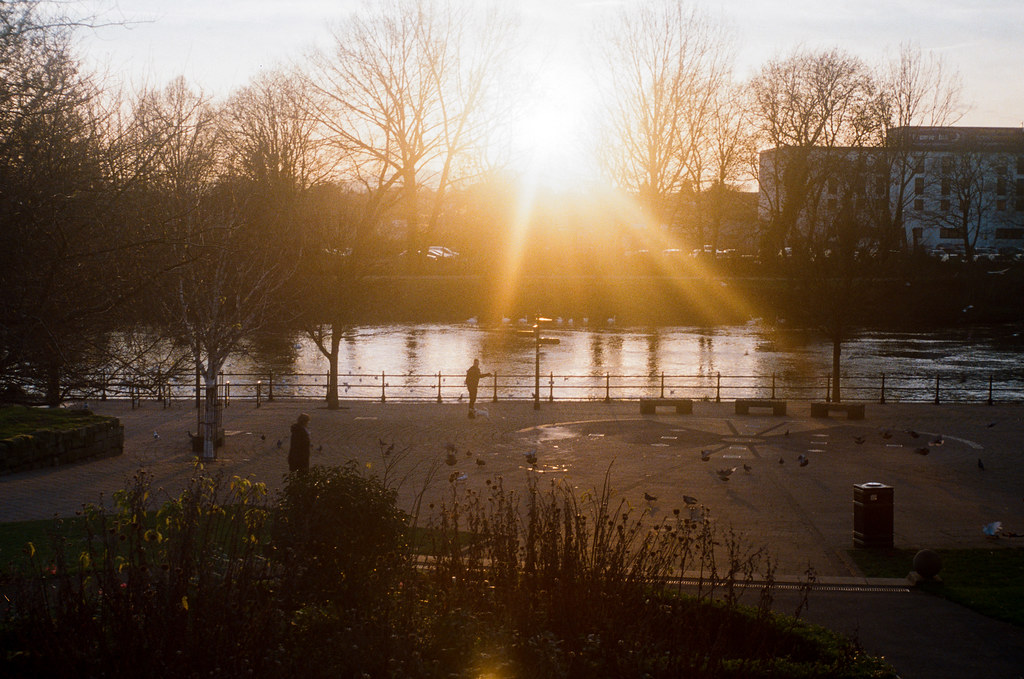
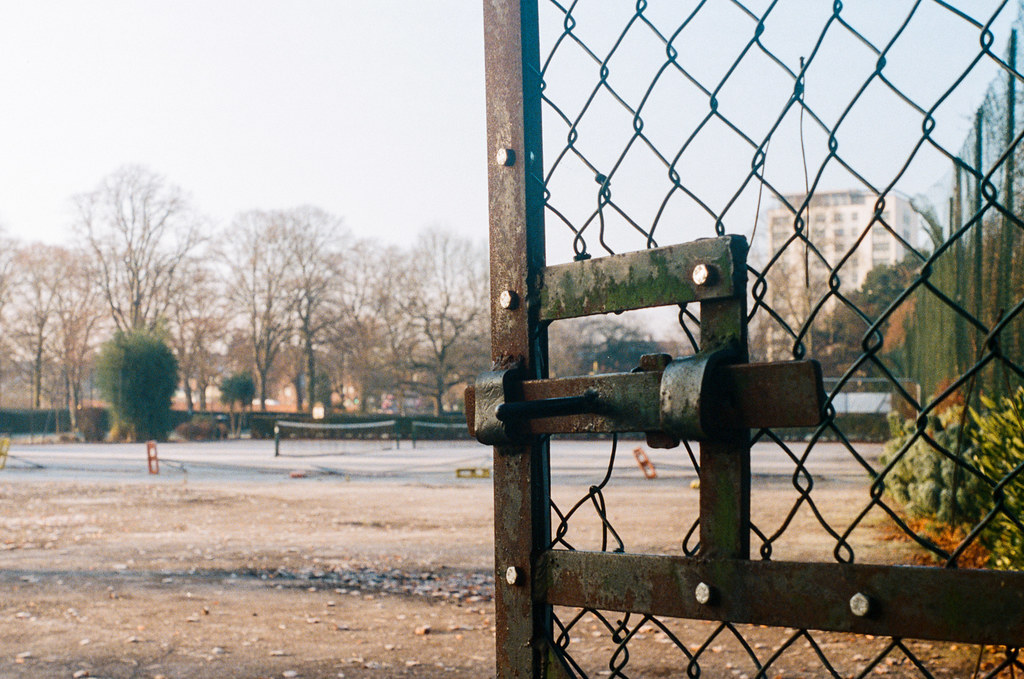
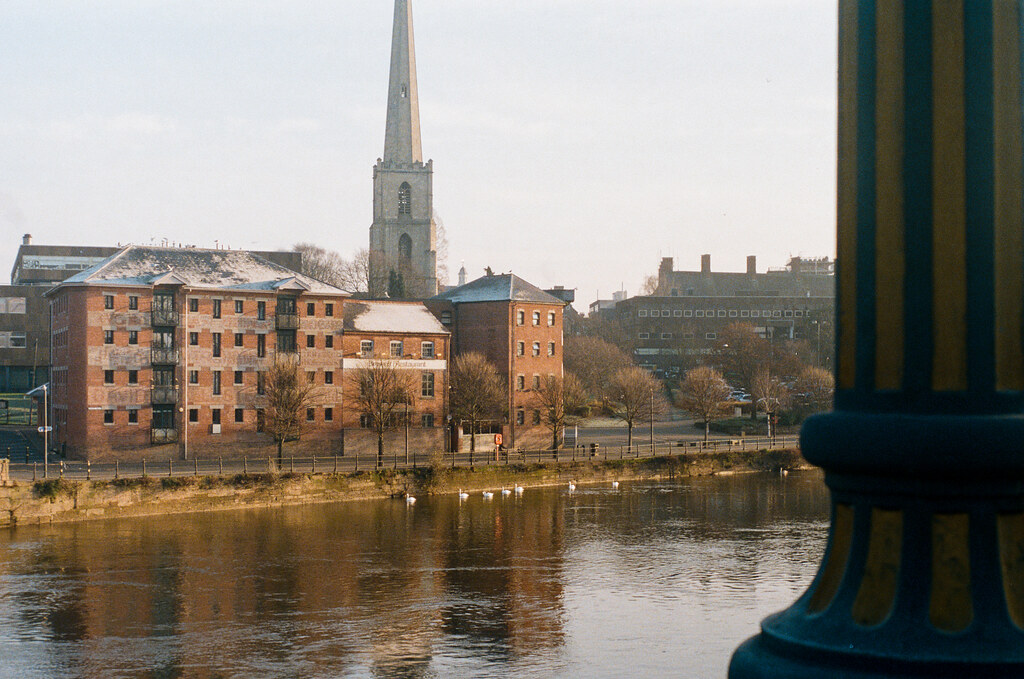
The end of the downgrade path
What makes the Leica Standard really special though is that it’s not just any stripped-back camera, it’s a stripped-back very early Leica. As mentioned, the early Leica cameras were the first to really popularise the use of 35mm film, and for all that I’m not really that fussed about the history of these things, it’s hard not to acknowledge that this camera is a de-specified version of one of the very first 35mm format cameras.
As such, it feels almost impossible to shoot a 35mm camera that’s less specified than this, and therefore it also feels almost impossible that anything about it could be improved in the context of what it offers to me. That might sound a bit odd when talking about a camera that by design has less features than others, but it really does come down to the choice I make when I set out to use it.
When I pick it up, I’m not expecting any of the bells and whistles, I’m just expecting a shutter in a box that I can attach a lens to… and that’s all I get; nothing superfluous, no unused features, just tool that feels like it’s perfect for the chosen task at hand. That is to say, despite its age and its simplicity, it just functions – for the way I shoot it, it does exactly what I need it to.
There are admittedly a few camera I can say this about in my collection now – just none are even as close to as old as this one. The beauty of it is though, it’s age doesn’t really matter. Because it has the standardised lens mount, and takes the standard 135 film cartridge, I can still mount my modern Voigtlander lenses on it and load it with modern film. Using this camera from 1932, if I so desired, I could get results that look no different to results from a very much more modern 35mm film camera. And that, as I said at the beginning of this post, is why I love my Leica Standard!
If you want to learn a bit more about the different early Leica models, this and this are quite helpful
Here is a post I wrote a while ago extolling the virtues of early Leica cameras in general
Share this post:









Comments
Hank on Leica Standard Review – and some thoughts around the Benefits of Standardisation
Comment posted: 14/01/2019
The Voigtlander 28/3.5 and your standard would be a killer combo. Enjoy!
Comment posted: 14/01/2019
Geoffrey Rivett on Leica Standard Review – and some thoughts around the Benefits of Standardisation
Comment posted: 14/01/2019
Comment posted: 14/01/2019
Kier on Leica Standard Review – and some thoughts around the Benefits of Standardisation
Comment posted: 14/01/2019
Comment posted: 14/01/2019
Adam Laws on Leica Standard Review – and some thoughts around the Benefits of Standardisation
Comment posted: 14/01/2019
Tobias on Leica Standard Review – and some thoughts around the Benefits of Standardisation
Comment posted: 14/01/2019
Comment posted: 14/01/2019
Comment posted: 14/01/2019
Comment posted: 14/01/2019
Comment posted: 14/01/2019
Alex Morrice on Leica Standard Review – and some thoughts around the Benefits of Standardisation
Comment posted: 14/01/2019
Comment posted: 14/01/2019
Quinn R. on Leica Standard Review – and some thoughts around the Benefits of Standardisation
Comment posted: 15/01/2019
Comment posted: 15/01/2019
Rollin Banderob on Leica Standard Review – and some thoughts around the Benefits of Standardisation
Comment posted: 15/01/2019
Comment posted: 15/01/2019
Tony Oresteen on Leica Standard Review – and some thoughts around the Benefits of Standardisation
Comment posted: 15/01/2019
Simplicity can follow to the SLR world. I've used a Pentax SL since 1978. It has no light meter - a box with a shutter. I've been known to wander about with the SL & the If and enjoy using them.
Great article! Your photos prove you don't need a 30MP FF DSLR with 17 metering modes. Well done.
Comment posted: 15/01/2019
Terry B on Leica Standard Review – and some thoughts around the Benefits of Standardisation
Comment posted: 15/01/2019
I vowed that I didn't need another Leica, but last year I succumbed and bought a 1c with the f3.5/50 Elmar and the Leitz 50mm v/f to add to my collection. The body is unusual in that it's covered in shark skin, which is rough to the touch, but which makes it surprisingly grippy.
Your readers will see that it has no v/f, only two accessory shoes, normally intended for a v/f and a vertical mounted r/f, or even two v/fs. Happily, it can mount the 3D printed v/f featured featured on your site last year along with an original Leitz model. Certainly, holding this camera is quite different to my IIIf's. Anyway, enough of this preamble and back to your article.
The naming of early Leica's using the sequence of capital letters is, as I understand it, down to the US importer and distributor of Leica cameras and who thought that the Leitz naming sequence gave little to no information about the time when a camera was released i.e. which was the latest model, especially as many looked surprisingly similar.
You referenced the reloadable cassettes, very useful for bulk loading of film even after Kodak introduced the daylight cassette. A big advantage of the Leitz (and Contax equivalent) is that they have no felt light trap. The key on the baseplate opens the cassette as it is turned to lock the baseplate. This causes the inner and outer shells to rotate relative to each other and exposes a gap through which the film is drawn as the camera is wound on. So no possibility of a film being scratched in either direction. Be careful when looking for them as there are two versions which look very similar, but one is for screw Leica's and the other for M.
Comment posted: 15/01/2019
Lilianna Elrod on Leica Standard Review – and some thoughts around the Benefits of Standardisation
Comment posted: 17/01/2019
I love that sentiment.
And I have experienced it as well.
Lovely shots and great article!
Comment posted: 17/01/2019
Roger Beal on Leica Standard Review – and some thoughts around the Benefits of Standardisation
Comment posted: 19/01/2019
The Leica TL - finding joy in very limited function and purpose - 35mmc on Leica Standard Review – and some thoughts around the Benefits of Standardisation
Comment posted: 26/03/2019
Manuel on Leica Standard Review – and some thoughts around the Benefits of Standardisation
Comment posted: 04/06/2019
Comment posted: 04/06/2019
Raid Amin on Leica Standard Review – and some thoughts around the Benefits of Standardisation
Comment posted: 27/09/2019
Kosmopedia: Leica Standard - Kosmo Foto on Leica Standard Review – and some thoughts around the Benefits of Standardisation
Comment posted: 18/02/2020